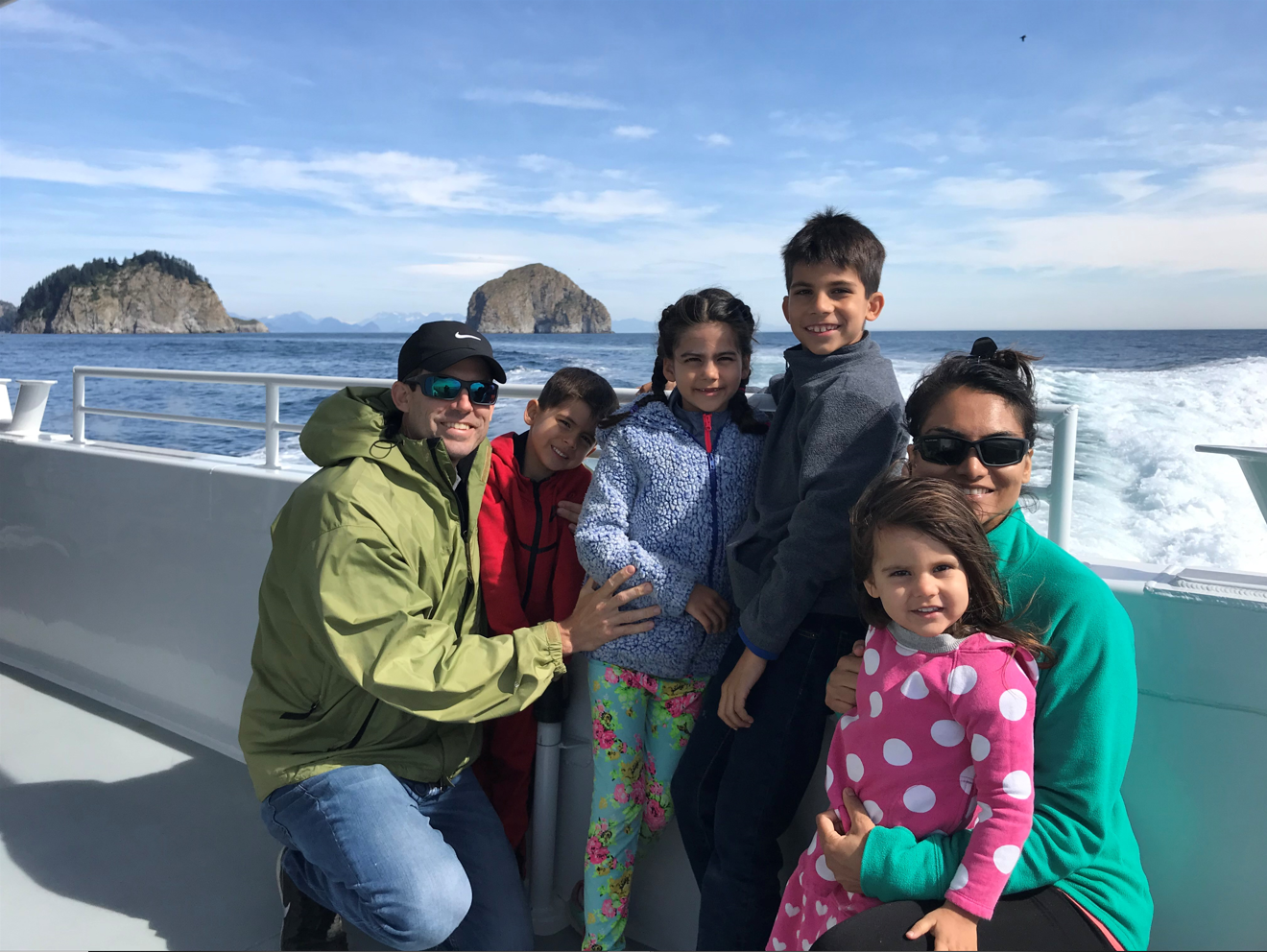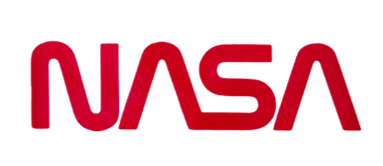Station Nation: Meet Sabrina Gilmore — One of the Women Behind the Success of Station’s Global Partnerships
The International Space Station cannot be “international” without global partnerships. To make sure these relationships are cultivated and maintained, meet Sabrina Gilmore, an external integration specialist supporting the International Space Station External Integration Office. Beyond Gilmore’s job title, her passion for building relationships is key in all that she pursues and accomplishes.
Gilmore shares her path to NASA, thoughts on diversity in the NASA workforce, and how she not just climbs mountains in her career — but real mountains, too.
Where are you from?
I was born in Atlanta, Georgia, The Peach State, and moved to Houston, Texas, in 1999.
What International Space Station office do you support (e.g., Vehicle, External Integration, etc.)?
I support the international partners side of the International Space Station Program’s External Integration Office.
What is your job title?
I am an external integration specialist.
Describe what your position entails.
I have the privilege of working with our international partners to develop collaborative agreements for the advancement of science and technology on the International Space Station.
These agreements are vital to the operational rhythm of the space station, and I enjoy working with a variety of technical and programmatic disciplines to accomplish these goals.
The task is challenging because it involves negotiations with a variety of stakeholders, ranging from international partners, entities across NASA’s Johnson Space Center, and across the agency. Building relationships with these stakeholders is what I cherish and value.
How would you describe your job to family or friends who are not as familiar with NASA?
The International Space Station Program is a team effort between 15 nations to build a world-class human facility more than 200 miles above Earth. The mission requires a keen understanding of cultural differences between our international partners, such as the Europeans, Japanese, Russians, and Canadians to construct mutually beneficial agreements that support each other’s goals for human space exploration.
How long have you been working for the agency?
It surprises me to say that it has been more than 20 years!
It started with a dynamic, hands-on career in the Flight Operations Directorate working in Extravehicular Activity systems. I loved the operational nature and the fact that no two days were similar in a world of training and flight controlling.
Following that, I ventured into the programmatic side of the International Space Station Program, where I have loved the combination of technical work in an international collaboration environment.
What was your path to NASA?
I remember calling NASA Human Resources when I was 10 years old to ask which universities were the top-hiring schools for Johnson Space Center in Houston, and what were the most desired degrees.
Based on what I learned at that point, every decision I made was focused on getting a mechanical engineering degree from the Georgia Institute of Technology.
I remember how elated I felt getting a call from Johnson’s co-operative organization office stating that I was going to start my first tour after freshman year. That eventually led to a permanent position after graduate school.
Is there a space figure you have looked up to, such as someone in the space, aerospace, or science industry who has motivated or inspired you to work for the space program?
When I was in elementary school, I came across an article featuring Duane Ross, who was a former manager for the Astronaut Selection Office. That article resonated with me, and I realized that the only job I wanted was to work at NASA — specifically, Johnson Space Center — because of the focus on human spaceflight.
What does diversity, equity, and inclusion mean to you? How does it guide you in your work at NASA?
Diversity is more about differences in thought. While it can be differences in gender and ethnicity, I think it is more about how we think differently from one another and how those thoughts are the culmination of different experiences, social groups, economic backgrounds, cultures, religions, political beliefs, and so on and so forth.

Do you have any advice for others who may be contemplating a career at NASA?
Talk to people at NASA and learn about the different career options. We hire a large variety of professions beyond engineers and scientists, such as physical therapists, strength trainers, physicians, attorneys, historians, and journalists. The list goes on!
What is your favorite NASA memory?
There are too many memories to call just one my favorite!
There was one moment on console that still makes me laugh to this day. I was working the STS-119 mission and received a call on console from a NASA number. I said, “Hello” a couple times, with no response.
I was busy at the time, so I hung up. Shortly after, the phone rang again and I said, “Hello” once or twice more. I was just about to hang up when I heard someone say, “Sabrina” on the other end of the line.
It turns out it was astronaut Tony Antonelli, who was calling from the International Space Station! I had never been so energized and embarrassed at the same time. I was not accustomed to the small delay in communication and thought it was a prank call!
What do you love sharing about station to general audiences (in regards to getting the public to understand its role and how it benefits life on Earth)?
Beyond the frequently stated scientific and technological benefits, I also love telling people that the space station is the most effective “United Nations” of sorts.
We have had expeditions of astronauts and cosmonauts ranging from three to 13 people at once. These teams come from different countries and spend months together in a limited habitat, developing human connections that are far deeper than our terrestrial United Nations.
They have nowhere else to go except learn to work together as professionals and live together as a family. They celebrate birthdays together and even experience the loss of family members together.
This type of human connection cannot be replaced with robots and benefits humankind as a whole.
What are your hobbies/things you enjoy outside of work?
I love anything that is active and outdoors, like running, swimming, basketball, and yoga.
In addition, mountaineering has been a passion of mine for a long time. I was fortunate to explore my family’s roots in the Himalayas when I was young and have loved it ever since.
More recently, leading my friends and family to the base camps of Mount Everest, Annapurna, and Mount Stok have been some of the highlights for sure!

Sabrina Gilmore, shown in green on the far right, with her husband and four children during a windy family vacation off the West Coast. Image courtesy of Sabrina Gilmore
Do you prefer watching a day launch or a night launch?
Night.
Favorite space movie?
I can watch “Apollo 13” any time!
Which is your favorite logo — the NASA worm or the NASA meatball?

Every day, we are conducting exciting research aboard our orbiting laboratory that will help us explore farther into space and bring benefits back to people on Earth. You can keep up with the latest news, videos, and pictures about space station science on the Station Research & Technology news page. It’s a curated hub of International Space Station research and digital media from NASA’s Johnson Space Center and other centers and space agencies. Sign up for our once-a-week email newsletter to get the updates delivered directly to you! Follow updates on social media at @ISS_Research on Twitter and space station accounts on Facebook and Instagram.









